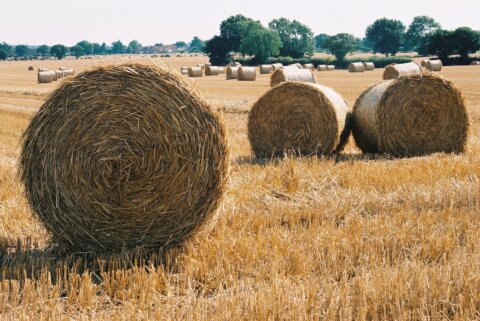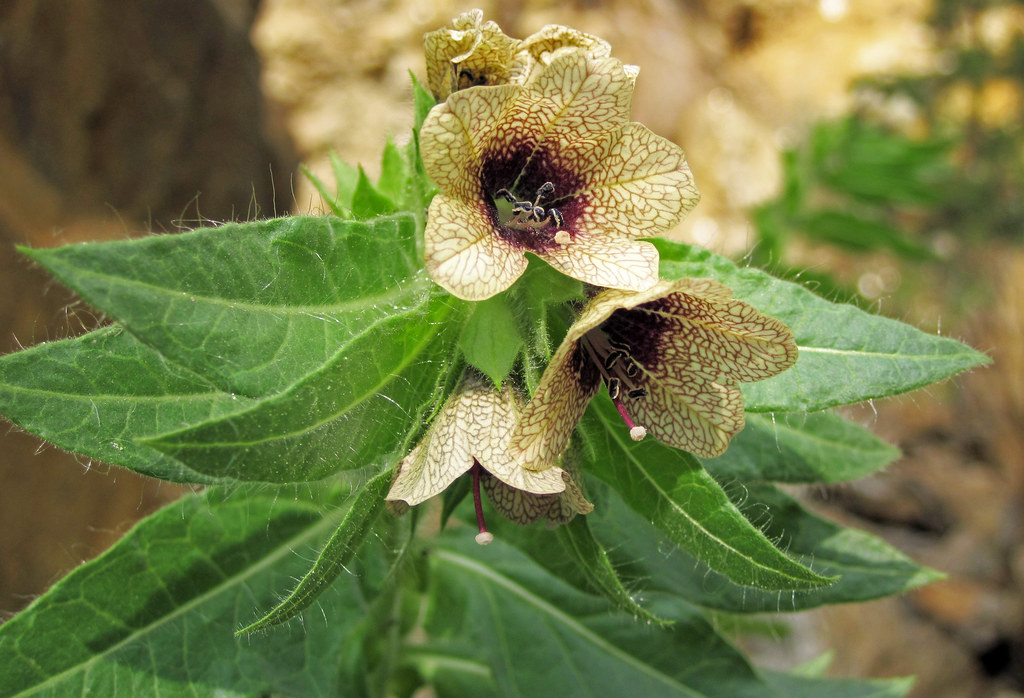For the first time, there has been a confirmed sighting of black henbane (Hyoscyamus niger) in the Kootenay region. CKISS urges the public to be on the lookout for this invasive species and report all sightings.
What’s the problem with black henbane?
Black henbane is listed as a provincial early detection rapid response species (EDRR). The plant has limited distribution in B.C. and poses a significant threat to B.C’s environment, economy and human health. Black henbane is unwelcome because the plant is toxic to both humans and animals and harbours major crop pest putting our food security at risk. While livestock generally avoid this plant on the rangeland, if it contaminates dried hay it can poison livestock. Black henbane thrives in disturbed and agricultural areas, and once established, this plant can be very difficult to eradicate. The tall, dense growth creates shade and large volumes of leaf litter, preventing native plants from growing.

How to ID and report black henbane
Early detection of new infestations is critical! Learn how to ID this plant by reviewing the slide show below. One unique characteristic of black henbane is that the flowers and leaves have a strong smell, leading this plant to sometimes be called “stinking nightshade.”
If you spot black henbane please report it! Visit our ‘Report an Invasive Species’ page to learn the variety of ways you can report this plant to us.
Prevention & early detection is the key against an invasion
Do not plant or purchase this invasive species. Maintaining healthy vegetation can prevent black henbane from invading and always make sure you brush off your clothing, boots, and equipment before leaving an area to ensure you are not transporting the seeds.
How to control and dispose of black henbane:
To control an infestation, timing is important!
- This plant can be mowed or cut before flowering, although it does have a thick, tough stem.
- Small infestations can be pulled by hand, with personal protective equipment used to prevent exposure.
- Take care not to spread the seeds of this plant (best to treat before it has produced seed), and be sure to dispose of all parts of the plant securely.
- All landfills within the RDCK and RDKB accept invasive plant species for free. Ensure your material is bagged in clear plastic bags and notify the attendant that you have invasive plant species. Plants must be identifiable through the bag. For more information please see the RDCK Resource Recovery Bylaw.





